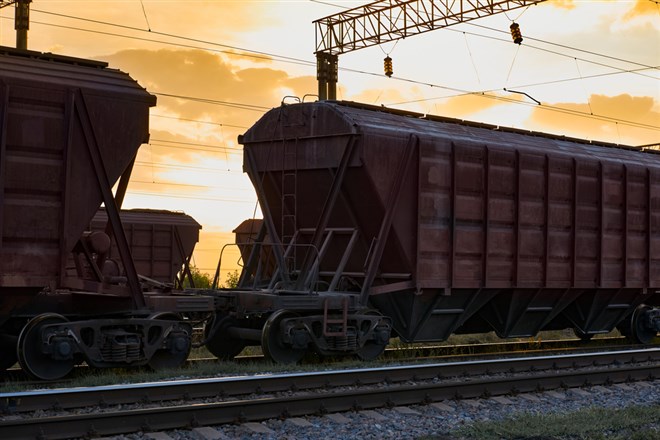
-Greenbrier’s net profit fell from $3.9 million to $15.9 million in the same quarter in 2021. EPS came in at $0.59.
-Revenue came in at $793 million vs. $450 million in the previous years.
-Cost of goods sold increased by 91% versus revenue, which was up 79%.
-Greenbrier’s stock is down over 40% from its 52-week high.
Greenbrier (NYSE: GBX) is an American freight rail car manufacturing company. The company produces railcar and rail equipment, and marine-related products, and provides leasing and management services. The company has a global presence, with operations across Asia and Europe.
Despite significant increases in revenue, Greenbrier has not been able to maintain margins, which is indicative of the stagflationary economic environment currently plaguing global economies. Although management has pointed to the Ukraine conflict, which led to lower production and higher pass-through costs, the significantly higher costs point to the inability of companies that do not have the pricing power to pass on the costs to their customers. Greenbrier’s management has pointed out that the company’s backlog extends well into 2023 and the total backlog remains at 30,200 rail cars, through that period. The backlog comes as a result of higher demand from customers, especially in the energy sector, which is a key driver of railcar demand. The backlog does not include the refurbishment of new railcars, which currently stand at 3200 units. Lastly, the lease fleet segment was the biggest source of demand increases for the quarter, which helped offset some of the slowdowns in the other segments.
What’s driving demand for railcars?
Railcar deliveries are expected to rise from 43,000 in 2022 to 52,000 in 2023. Greenbrier took in 5000 orders for the quarter. The biggest source of demand continues to be shippers and energy producers, who are delivering more and more products to customers.
Global shipping volumes have been on the decline during the first half of 2022. The Baltic Air Freight rate fell by 8%, as volumes and demand cooled off during the quarter, but prices still remain high compared to the historical past. As a result, rail freight has seen a significant increase in volumes as shippers looked for cheaper alternatives. Despite a decline in global shipping volumes, global freight rates have not tumbled as LNG deliveries continued to be a key source of support.
The market for rail freight is expected to rise by 5% CAGR until 2030, taking the total connected rail car market to $148 billion in terms of revenue. This presents a significant opportunity for Greenbrier, both in terms of providing leasing services and of course manufacturing. Rail cars are also becoming a key source of consideration as governments look to reduce their carbon footprint. Not only in the U.S. but in other major markets such as Europe as well. As more and more countries look to increase their demand for railcars, demand could see long-term profitability for the company, and Greenbrier can take advantage of demand from Europe, with quick increases in production from its European facilities in Turkey and Ukraine. Although the Ukraine war has significantly affected current production, it will eventually get back on track as the intensity of the conflict wanes.
Balance sheet and profitability:
Revenue is expected to come in around $2.9-$3 billion for the year. But unless inflation pressures ease up, increased costs should continue to weigh on gross margins in the coming quarters. Gross margins came in at 10%, but may increase slightly in the coming quarters to around 15%, as some of the production costs reduce. The biggest source of cost increases was hot-rolled coil, but moving forward prices for the hot-rolled coil are expected to come down slowly. As a result, the company may produce anywhere from 2-4% in profitability for the year, putting median projections for forward P/E at 9x. It is slightly concerning that cash fell slightly from $636 million to $465 million. This can partially be attributed to increased capital expenditure for the quarter, which increased to $264 million.
Stock volatility and economic headwinds remain a challenge for investors
Greenbrier's biggest issue remains cyclicality, and during times of high demand for energy or high economic activity, the company tends to do well, but as demand cools off so does the business, which results in more stock volatility than investors might prefer. Furthermore, as the global economy slowdowns volumes could decline as consumers pull back on spending. In addition, demand for energy could wane as well, which would also weigh on revenue. In fact, early indicators are already pointing to a slowdown across the economy. Overall, the stock remains relatively cheap on a forward basis, and with a dividend yield of 3.6%, investors may consider taking a second look at the stock.